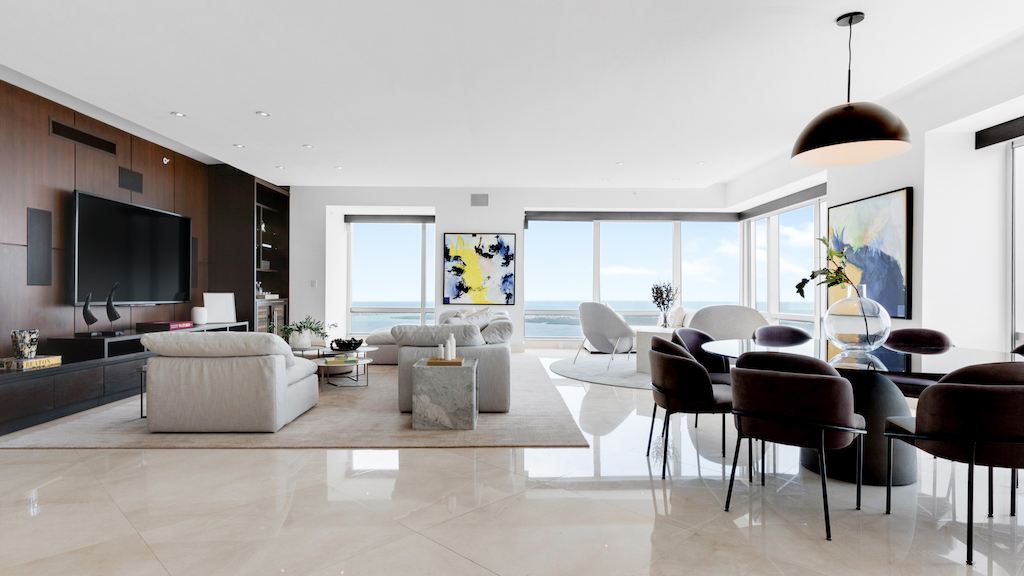Designers and clients often have different visions for what a room should look like. What is the best way to identify your client’s aesthetic?
Listen not only to the audible words spoken but also to the unspoken ways a client describes or expresses their lifestyle. There are numerous examples of clients that at the onset verbally describe in vivid detail the style they wish to implement. Through years of study, I have come to understand there is consistently a more reflective and genuine style the client desires. It is the responsibility of the designer to deliver what the client at their core desires. Not every client is able to articulate his or her vision, therefore the role of the professional designer becomes of great value by distinguishing and clarifying differences between surface visions and the deeper more authentic desirable vision.
What is the most critical question a client should ask when selecting an interior designer?
It is highly recommended that a series of questions be explored from a broad spectrum of critical topics; there is no single magic question. These topics should include (but are not limited to) the designer’s expertise and knowledge in different design styles, his/her ability to professionally communicate, how challenges are addressed and most importantly remedied, proven business ethics and best practices, accountability, reliability, time management systems, budget assessment and management, etc. All of these areas should have a clear description and understanding prior to the engagement of services. At the core of each of these aspects must be the mutual respect for the other’s persona and a genuine connection between personalities.
What are the primary factors needed to make an interior design project successful? How do you define your success?
Teamwork and systematic communication practices. Anything is possible when the individuals understand their key roles in a relationship to the whole working for a successful outcome. Styles and details vary between projects. What remains consistent during a successful project is the foundational synergy between the participants. In conjunction with a solid foundation of team players, a systematic communications network must be established at inception, thus allowing for a smooth process under all circumstances.
Success is defined at the project completion when the client experiences they’ve received more than ever imagined possible and they have sincerely enjoyed the journey along the way.
To learn more about David J. Katona, check out his Haute Design Network Profile.







